Iran has a very large number of UAVs for various purposes. The same Mohajer-6 are produced mainly for the ground forces and the IRGC Navy and the Army, while, for example, the Aerospace Forces prefer to produce attack UAVs developed for them like the Shahed-129, Shahed-191, etc.
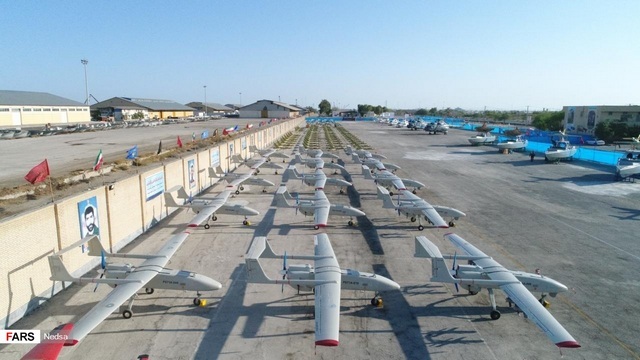
Image source: Photo: "Bravery2004"
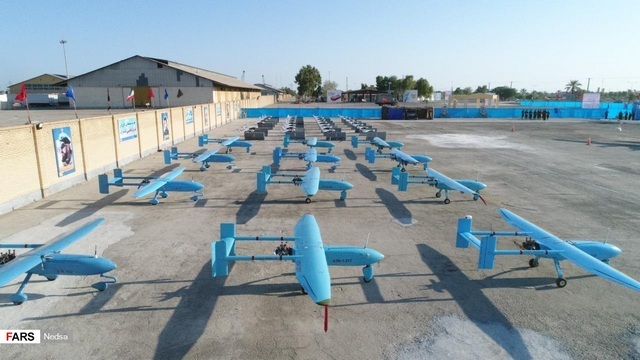
Image source: Photo: "Bravery2004"
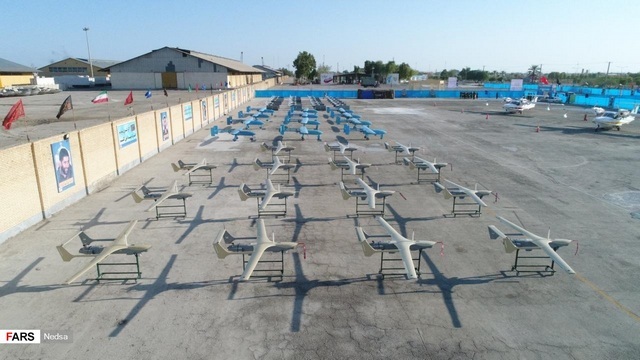
Image source: Photo: "Bravery2004"
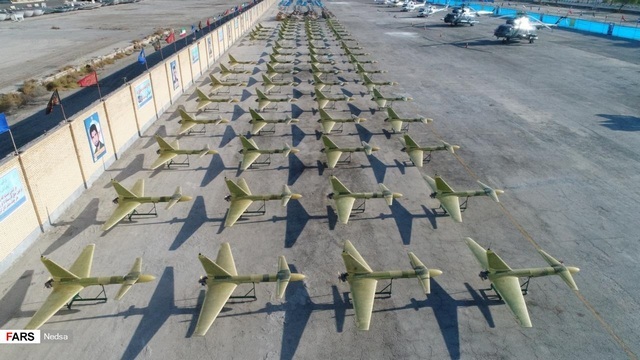
Image source: Photo: "Bravery2004"
For example, this is one of the batches of UAVs from Ababul-3 reconnaissance vehicles, etc., to Ababil-2 kamikaze drones and Mohajer-6 attack UAVs transferred in recent years to the Navy of the Islamic Revolutionary Guard Corps (IRGC), I'm not talking about those that are in service with the Aerospace Forces, the IRGC Ground Forces, as well as the Army's ground forces, Navy and Air Force.
Moreover, much of this has been tested by military actions from Syria and Iraq to Yemen and Saudi Arabia.
Or, for example, long-range kamikaze drones, in fact, a cheaper analogue of cruise missiles, and almost even more unpleasant for air defense, since radar stations often simply do not see low-altitude vehicles whose body is made of composite materials.
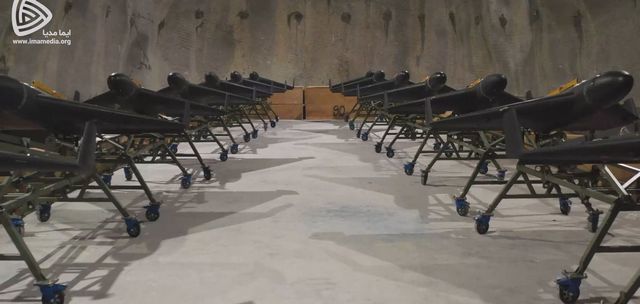
Image source: Photo: "Bravery2004"
Shahed-131 with which the Saudi oil stabilization plant in Abkaik was gouged. The range, according to UN experts who examined the remains, is about 900 km.
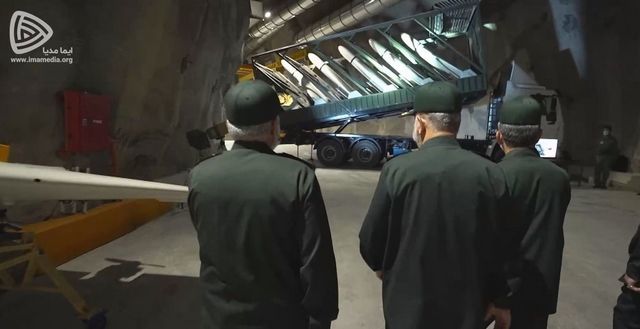
Image source: Photo: "Bravery2004"
And this is a longer-range version of the Shahed-136 with a range of up to 2000 km.
Yes, even the simplest and cheapest Ababil-2, local versions of which are assembled by the Houthis in Yemen are assembled on the basis of cheap commercial components and some key Iranian components supplied from Iran, such as gyroscopes, etc., make up a lot of problems for air defense. In Yemen, cases have been described when such kamikaze drones knocked out the radar of the Patriot coalition air defense systems. Saudi Arabia is forced to chase after these simplest drones with the help of fighter jets and shoot them down even with the help of American AIM-120 air-to-air missiles, which are orders of magnitude more expensive than drones.
And yes, the enterprises of the state defense holding "Electronic Industry of Iran" massively produce many key electronic components in Iran, from gyroscopes, accelerometers, etc. to optoelectronic stations, etc. They offer many models of components for UAVs and for export.
Of course, Iran also cannot ensure full self-sufficiency in the production of various components, and then they get what they need through their shadow networks in China, etc., but they carefully try to localize key components from electronics to engines, as far as they can.
For example, ten years ago they bought Czech turbojet engines PBS TJ-100 bypassing sanctions and then copied them and the Iranian engine company Turbine Engineering Manufacturing launched their copy under the name Tolou10 into mass production. They are put on those cruise missiles that are handed over to the Houthis, on some jet UAVs, etc.
Yuri Lyamin (Navigator blog)
